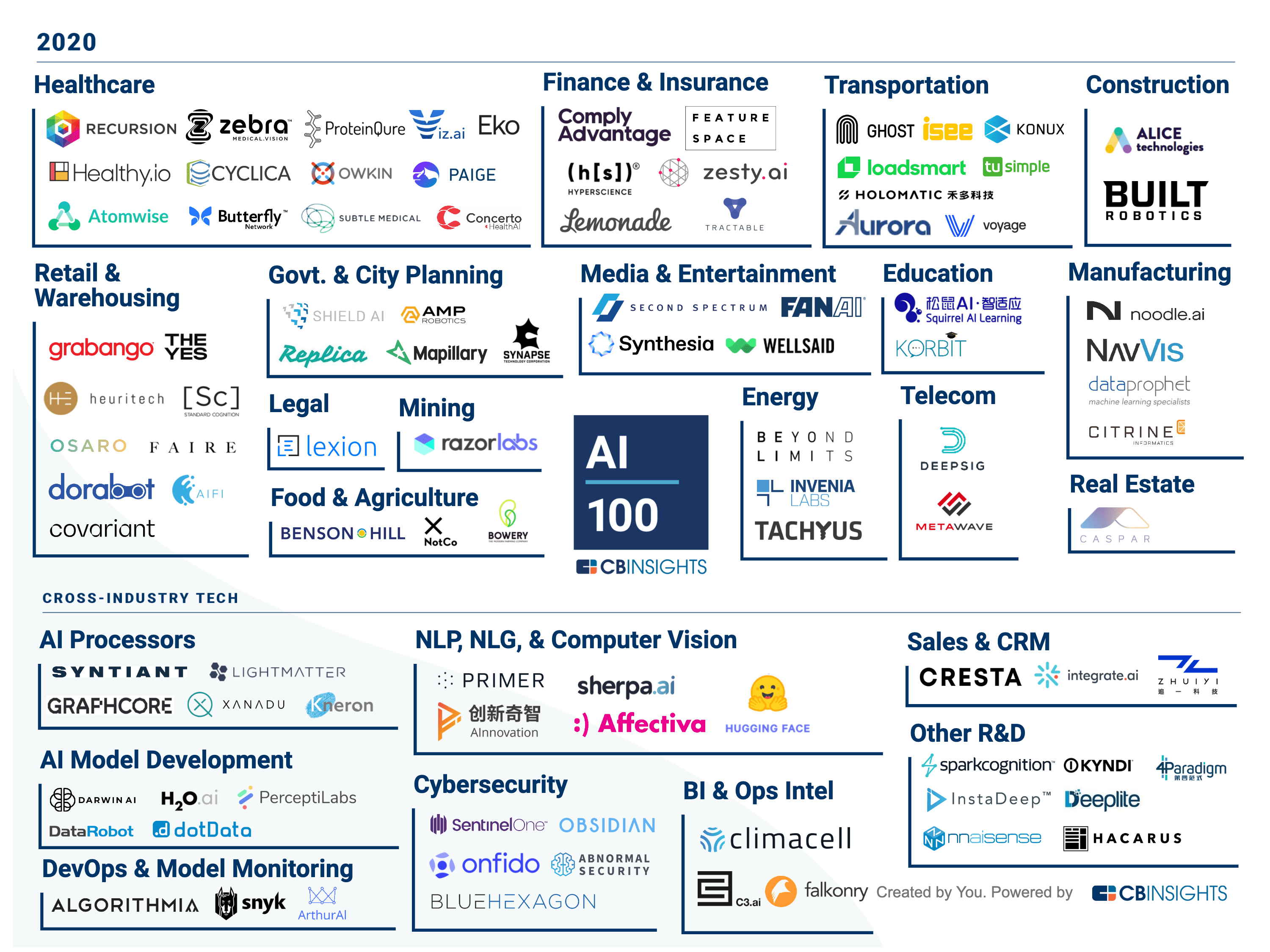

For example, they report that they have nearly half a million lenders who together have lent $161 million dollars over the last three years. As part of its marketing effort Kiva maintains fast facts about their activities to date. Kiva works by pooling resources so that for example 50 people could lend $10 each to total $500.

They invest profits back into the businesses and improve the lives of their families. Over 80% of Kiva’s loans are made to female entrepreneurs. Surprisingly, the repayment rate of the world’s poor ranges from 95 to 98%, far higher than the loan repayment rate in the United States. Microfinance institutions are an incredibly important resource to help third world citizens rise out of poverty. Most loans are repaid in six months to a year. The field of small loans is called microfinance Making very small loans (typically under $500) to entrepreneurs in developing countries. Kiva is a website that lets you make small loans (typically under $500) to entrepreneurs in developing countries. The same marketing principles operate even for nonprofit organizations.

Impressive statistics can help encourage repeat business. To illustrate the power of summary data, we will first show how it can be used as a marketing vehicle for a website. Kiva: Summarize Data to Produce Information Learning to use these tools will enhance your marketability. These include spreadsheet programs such as Excel and database systems such as Access. There are a number of tools available to perform data analysis. Distilling that data into meaningful information is a key skill. If anything in the world today there is perhaps too much data. That meaningful information could be actionable in terms of the supply chain and marketing initiatives. For example, after summarizing thousands of records we might find a product selling particularly well with women in a particular age range living in a particular area.
#1. business intelligence applications rely on how to#
However, it is critical to know how to distill and analyze the captured data in order to make managerial decisions. It is useful to know about the architecture of the transactional systems so that it is not a complete mystery how the data is captured. For example, who bought what, when, for how much, and so forth. At the heart of every information system is a database that captures transactional data. If there is one thing plentiful in the world today, it is data. This type of data analysis is one form of business intelligence. In order to make strategic decisions about which products to feature in our store, we need to carefully analyze the sales and clickstream data.


 0 kommentar(er)
0 kommentar(er)
